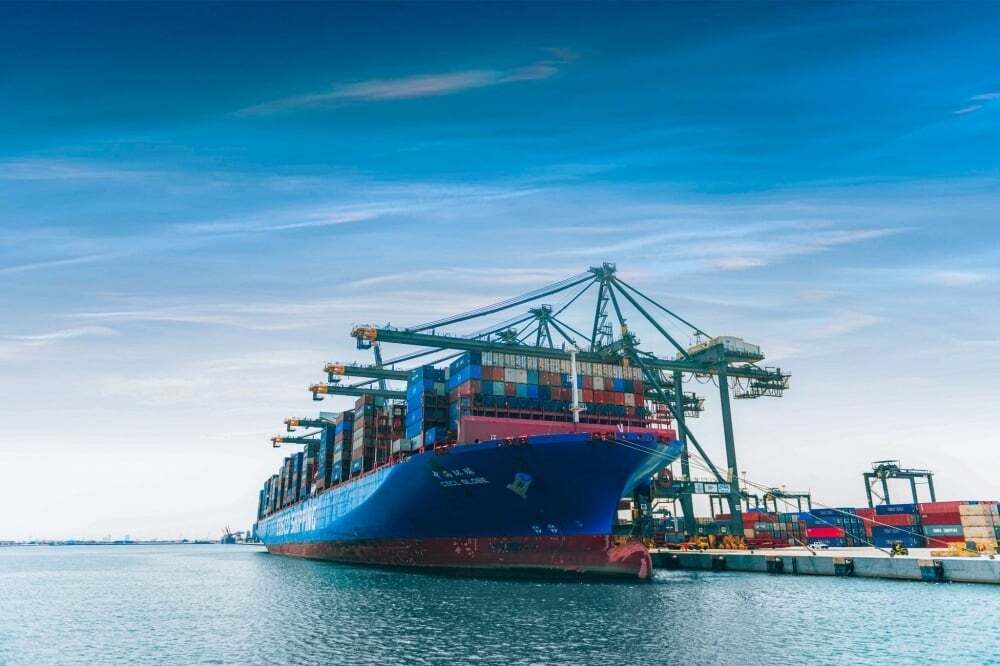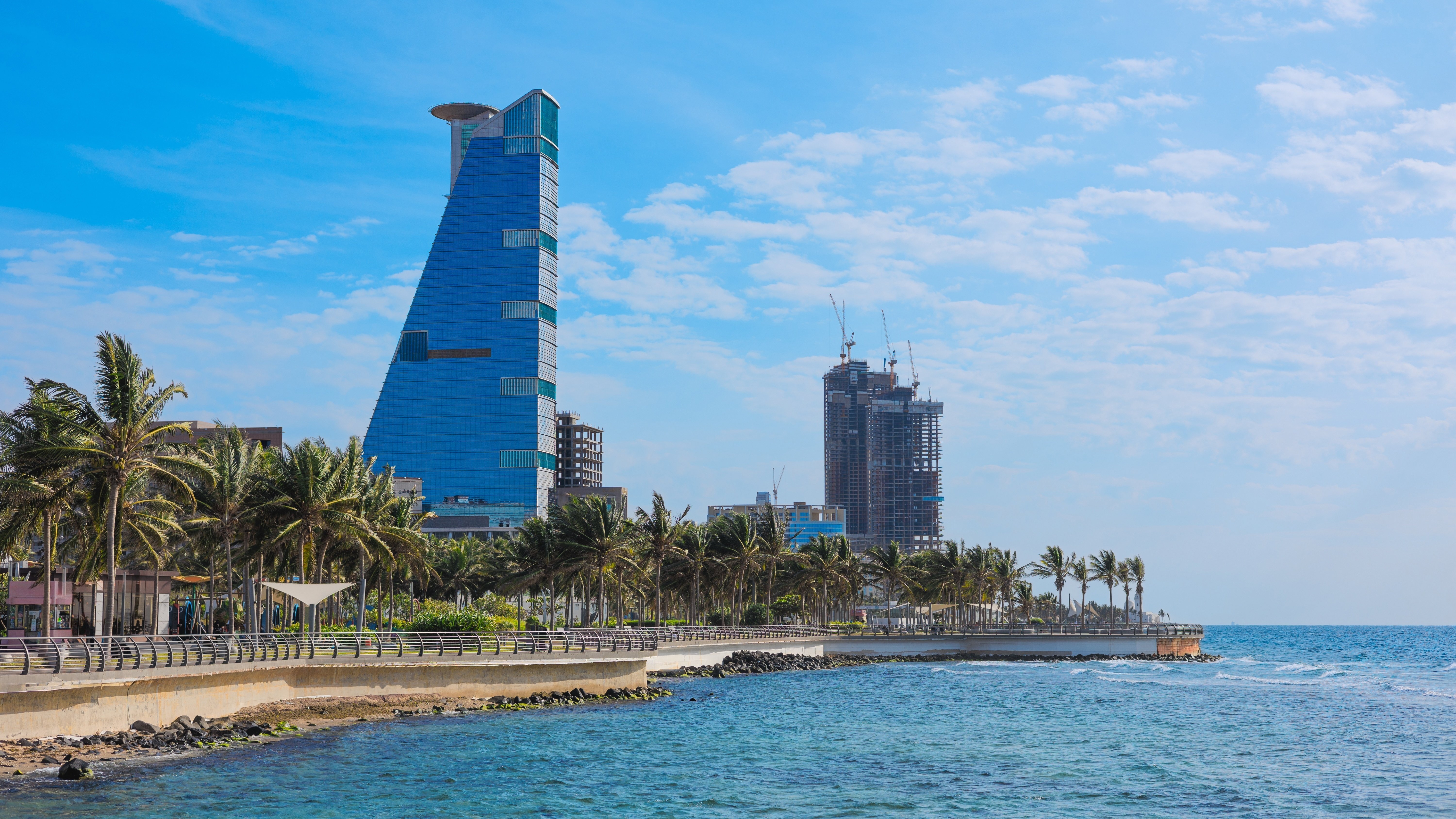Saudi Arabia’s Key Exports and Imports: A Nation Balancing Global Trade
As one of the Gulf’s leading trading nations, the Kingdom of Saudi Arabia has long relied on a robust import-export ecosystem to propel its domestic market and reinforce its standing in the global economy. While oil remains the cornerstone of the Kingdom’s exports, Saudi Arabia has steadily diversified its industrial portfolio, developing a range of non-oil sectors that now contribute significantly to its GDP. Simultaneously, its import profile reflects a dynamic, consumption-driven economy shaped by a growing population and rising demand across key sectors.

Leading Non-Oil Exports of Saudi Arabia
Though crude oil forms the backbone of Saudi Arabia’s exports, the country’s non-oil exports are gaining importance — both as economic drivers and as a means to reduce dependence on oil export revenues. Among the most prominent non-oil exports:
Plastics and Related Product
Plastics are integral to modern manufacturing, used in everything from packaging to consumer goods. Saudi Arabia has emerged as a major supplier, exporting plastic products valued at SAR 36 billion, with volumes reaching 8.17 million tonnes — underscoring global demand for high-grade polymer products.
Organic Chemical Compounds
With export values of approximately SAR 24.68 billion and a volume of 7.3 million tonnes, organic chemical products are the Kingdom’s second-largest non-oil export. These products include base chemical materials used in industries ranging from petrochemical manufacturing to pharmaceuticals.
Inorganic Chemical Materials
Saudi exports in this category — valued at SAR 4.2 billion — include specialised metallic compounds, particularly those derived from precious metals. These compounds are essential to high-tech industries such as advanced electronics and energy storage solutions.
Aluminium and Aluminium Products
A lightweight metal used in manufacturing of aircraft, automotive and consumer electronics, aluminium has become a competitive Saudi export. The Kingdom has shipped SAR 3.56 billion worth of aluminium — amounting to 610 million tonnes — cementing its role as a serious player in the competitive global metal market.
Mineral Oils, Fuels and Petroleum Derivatives
While part of the broader oil sector, refined fuels and derivatives represent a distinct category. These exports reached SAR 2.9 billion in value, with nearly 1 million tonnes shipped globally — supporting fuel and energy-intensive industries worldwide.
Iron and Steel
This industry occupies an important position in the list of Saudi exports, with values touching SAR 2.8 billion and a total volume of 1.27 million tonnes. These raw materials are essential to infrastructure, car manufacturing and construction sectors.
Fertilisers
Saudi Arabia plays a vital role in supporting global agriculture through fertiliser exports worth SAR 2.2 billion, with 2.13 million tonnes distributed internationally. This sector highlights the Kingdom’s growing influence in food security solutions, positioning it as a key fertiliser supplier.
Dairy Products and Natural Honey
With exports valued at SAR 2.1 billion and volumes totalling over 431,000 tonnes, Saudi Arabia has expanded into premium food production, particularly targeting Gulf markets with locally produced dairy and honey products.
Miscellaneous Chemical Products
Valued at SAR 1.6 billion and weighing over 211,000 tonnes, these include a variety of compounds used in medical, cosmetic and adhesive manufacturing — sectors where the Kingdom is fast becoming a reliable supplier.
Electrical Machinery and Equipment
This category — worth SAR 1.4 billion and comprising 93,900 tonnes — includes products used in the audio-visual and information technology sectors. These exports reflect the Kingdom’s strategic steps into the global electronics manufacturing value chain.
Major Imports Driving the Saudi Economy
Despite a flourishing manufacturing base, Saudi Arabia continues to import a wide range of goods to support domestic consumption and meet national demand. The Kingdom’s desert landscape and climate present agricultural and logistical challenges that often call on foreign sourcing.
Gold and Precious Stones
Gold remains one of the most consistently demanded products, particularly among women in the Kingdom. With imports valued at approximately USD 2 million — 35% of Saudi Arabia’s total gold imports — the UAE stands out as the primary source of this precious commodity.
Automobiles
Saudi Arabia’s growing interest in vehicles — ranging from private sedans and cars to SUVs and passenger vehicles — has made it one of the Middle East’s most lucrative car markets. Imports total around USD 25 billion, reflecting economic prosperity and consumer preference for international brands.
Foodstuffs
The Kingdom imports nearly 90% of its food due to the constraints of desert agriculture. Staples such as wheat, rice, barley and cooking oils are brought in from countries including India, Brazil, the United States and across Europe.
Mobile Phones and Smart Devices
Saudi Arabia spent over SAR 24 billion on smartphone imports alone, illustrating the Kingdom’s rapid digital adoption and the growing role of technology in everyday life.
Fruits and Vegetables
Seasonal and tropical produce such as mangoes, grapes and watermelons are imported daily — largely from Egypt and Sudan. Annual imports in this category amount to around 3,000 tonnes.
Livestock: Sheep, Goats and Cattle
Approximately 65% of the Kingdom’s livestock supply is imported, primarily from Sudan, Egypt and Turkey. These animals are central to the local meat industry and the broader livestock economy.
Textiles and Fabrics
Textile imports from various countries like China and Turkey meet demand during the Hajj and Umrah seasons. Lightweight and traditional fabrics are essential to the garments worn by millions of pilgrims each year.
Consumer Electronics
A growing youth population and a digitally engaged society have driven up demand for imported electronics. This includes laptops, desktop PCs, smartwatches and gaming consoles, predominantly imported from the United States and Europe.
A Global Trading Power in the Making
The diversity of Saudi Arabia’s import and export markets underscores the Kingdom’s ability to meet the demands of both local and international markets. From oil and petrochemicals to high-value goods and foodstuffs, the Kingdom’s exports contribute to the long-term vision of economic sustainability. At the same time, the steady stream of imports reflects an adaptive, consumer-oriented economy with ambitions for continued growth and innovation. In the broader regional context, Saudi Arabia stands out as both a vital supplier and a sophisticated consumer — firmly establishing its role as a trade and logistics hub for the Middle East and beyond.



